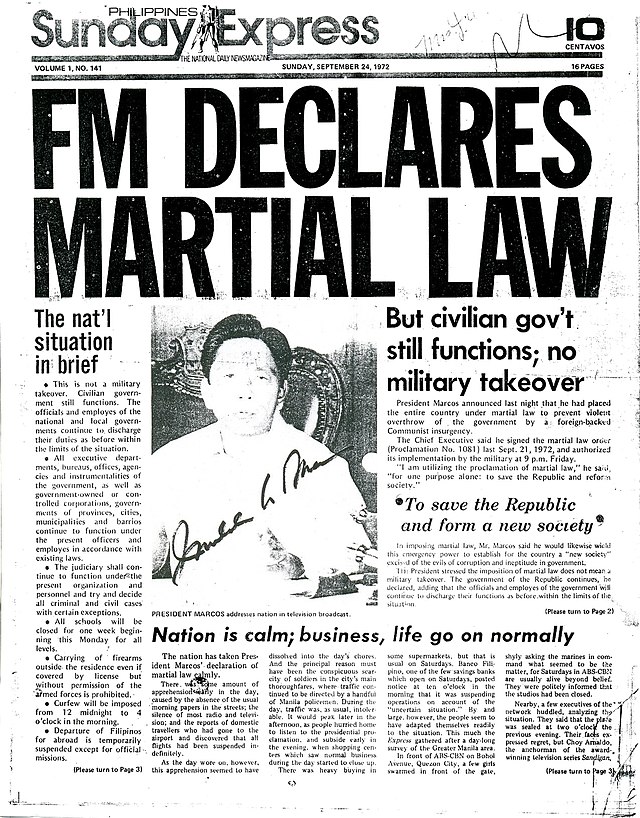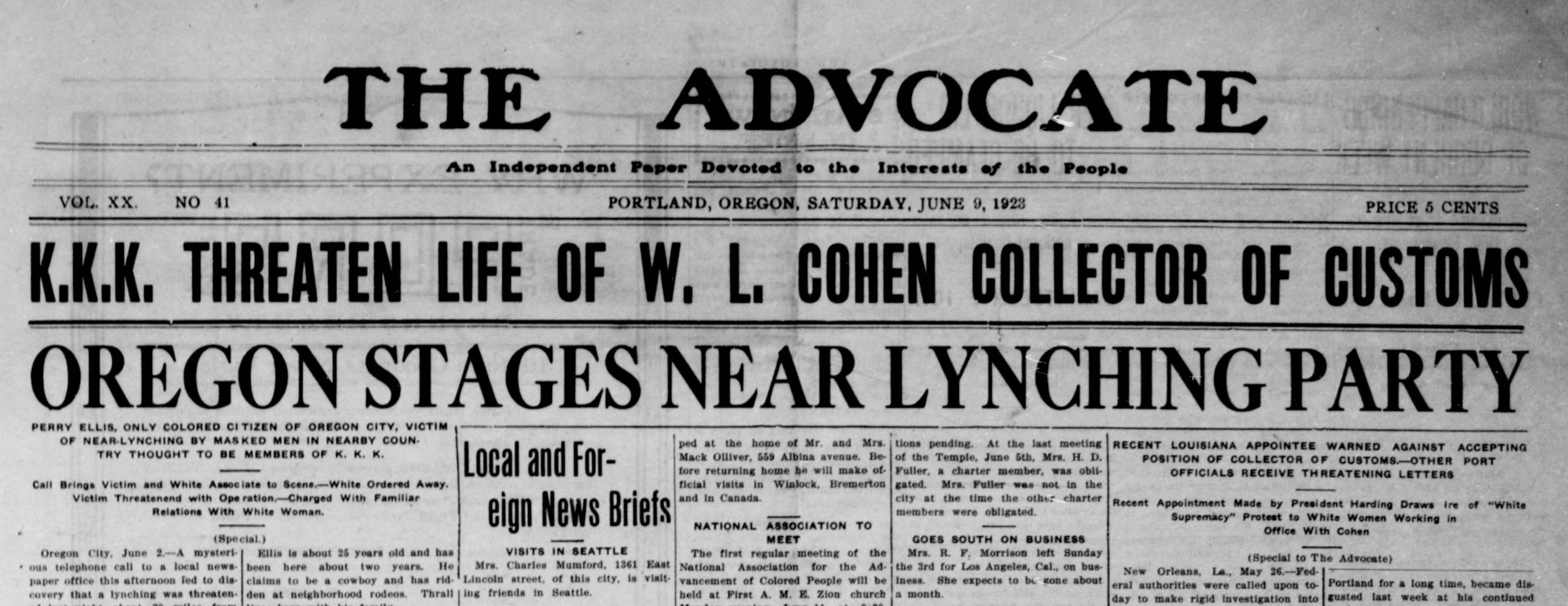Some Ideas on News Articles You Need To Know
Wiki Article
The Basic Principles Of News Articles
Table of ContentsNews Articles - The FactsLittle Known Questions About News Articles.The 7-Minute Rule for News ArticlesGetting My News Articles To WorkNot known Details About News Articles
Great knowledge of various subjects offers trainees an affordable edge over their peers. Despite the fact that digital and social networks are readily obtainable, we must not neglect exactly how vital it is to check out the newspapers. Moms and dads should try and instill the habit of reading a paper as a day-to-day routine to continue the tradition of the revered print tool.Information tales additionally consist of a minimum of one of the following crucial characteristics about the desired audience: distance, prominence, timeliness, human passion, peculiarity, or repercussion. The associated term journalese is sometimes utilized, generally pejoratively, to describe news-style writing. One more is headlinese. Papers typically follow an expository writing design.
Within these restrictions, news stories additionally intend to be thorough. Amongst the bigger and a lot more recognized papers, fairness and equilibrium is a major aspect in providing info.
Newspapers with a global audience, for instance, tend to make use of an extra formal style of writing. The details selections made by a news electrical outlet's editor or content board are usually accumulated in a style overview; usual style overviews consist of the and the US News Style Publication. The primary goals of news writing can be summarized by the ABCs of journalism: precision, brevity, and clearness.
What Does News Articles Do?
As a guideline, journalists will certainly not use a lengthy word when a brief one will do. News writers attempt to prevent making use of the same word extra than once in a paragraph (occasionally called an "resemble" or "word mirror").
However, headings in some cases omit the topic (e.g., "Leaps From Watercraft, Catches in Wheel") or verb (e.g., "Feline female fortunate"). A subhead (also subhed, sub-headline, subheading, caption, deck or dek) can be either a subservient title under the primary headline, or the heading of a subsection of the article. It is a heading that comes before the major message, or a group of paragraphs of the primary message.

Added signboards of any of these types may appear later on in the short article (specifically on succeeding pages) to tempt additional analysis. Such signboards are also used as guidelines to the article in other areas of the magazine or website, or as ads for the item in various other publication or websites. Common framework with title, lead paragraph (summary in vibrant), other paragraphs (details) and call info.

Instance of a hard-lead paragraph NASA is recommending another space project. The firm's spending plan demand, revealed today, included a plan to send out one more goal to the Moon. This time the company wishes to establish a lasting center as a jumping-off place for various other area adventures. The budget requests about $10 billion for the job.
The NASA announcement came as the firm asked for $10 billion of appropriations for the job. An "off-lead" is the 2nd essential front page information of the day. The off-lead appears either in the top left corner, or straight listed below the lead on the. To "bury the lead" is to begin the article with history info or information of second importance to the readers, forcing them to review more deeply into a write-up than they must need to in order to find the Find Out More essential points.
9 Simple Techniques For News Articles
Typical use is that a person or more sentences each develop their very own paragraph. Reporters generally describe the organization or structure of an information tale as an inverted pyramid. The crucial and most interesting elements of a story are put at the start, with supporting details following in order of decreasing relevance.It allows people to check out a topic to only the depth that their inquisitiveness takes them, and without the charge of information or subtleties that they can consider unimportant, however still making that info offered to a lot more interested viewers. The upside down pyramid framework additionally makes it possible for articles to be cut to any arbitrary length during format, to suit the room available.
Some writers start their tales with the "1-2-3 lead", yet there are several sort of lead readily available. This style usually begins reference with a "5 Ws" opening up paragraph (as described above), followed by an indirect quote that offers to support a significant element of the initial paragraph, and after that a direct quote to support the indirect quote. [] A twist can refer to several things: The last tale in the news broadcast; a "satisfied" tale to finish the show.
Longer short articles, such as publication cover short articles and the items that lead the within areas of a paper, are understood as. Attribute stories differ from straight information in several means.
What Does News Articles Do?
The reporter frequently information communications with interview topics, making the item more personal. A feature's initial paragraphs often associate an intriguing minute you could look here or event, as in an "unscientific lead". From the details of an individual or episode, its sight swiftly widens to generalizations about the story's subject. The area that signals what an attribute is about is called the or billboard.
The Editor's Toolbox: A Reference Guide for Beginners and Professionals (2001) Allan M. Siegal and William G. Connolly. The New York City Times Manual of Style and Usage: The Official Design Overview Made Use Of by the Writers and Editors of the Globe's The majority of Authoritative Paper (2002) M. L. Stein, Susan Paterno, and R.
Report this wiki page